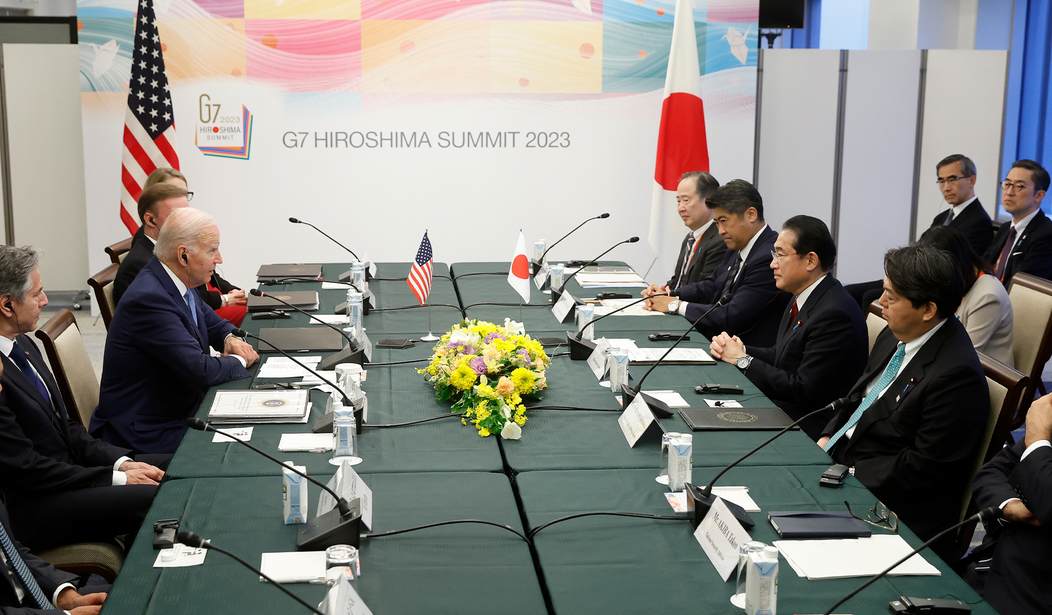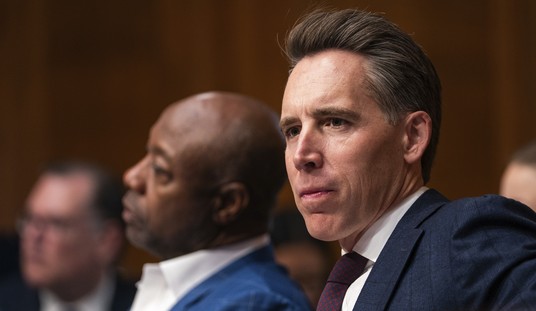The U.S. is mulling a plan to give $300 billion in frozen Russian assets to Ukraine that Kyiv could use for a variety of purposes, including reconstruction.
There is opposition to the plan, mostly from EU countries that still have companies operating in Russia. There are also serious questions about the legality of seizing sovereign assets and what kind of risk the group would be running as far as destabilizing the world economy.
Some of the Russian assets are very liquid—assets such as major currencies, gold, and government bonds, about half of which are held in the West.
"Total Russian foreign currency and gold reserves totaled $612 billion at the time," according to Reuters.
But taking the assets may not work out quite the way the U.S. and its allies think.
Russian officials have repeatedly warned that the state confiscation of assets goes against all the principles of free markets.
"Let's see what they decide," one senior Russian official told Reuters on condition of anonymity. "The protection of private property is a sacred cow that has been feeding them for many centuries."
Some Russian officials have suggested that if Russian assets are confiscated then foreign investors' assets stuck in special so-called type "C" accounts in Russia could face the same fate. Some foreign assets were effectively locked in the C accounts.
It is not clear exactly how much money is in these accounts but Russian officials have said it is comparable to the $300 billion of Russian reserves frozen.
The machinery of confiscation is complex—if it's even doable. Washington has proposed three working groups to investigate the legal issues of confiscation, the method of applying such a policy as well as mitigating risks, and how best to get the money to Ukraine.
Germany, France, Italy and the EU have expressed some reservations, and the need to carefully assess the legality of confiscating Moscow’s assets before decisions are taken. Several European ministers also stressed the need to maintain high levels of secrecy over the work, according to accounts of the meeting.
Various options are being explored in western capitals, ranging from directly confiscating and spending the Russian central bank assets, to tapping the proceeds from the frozen assets or using them as collateral for loans.
The EU has so far stopped short of seizing the Russian assets themselves, instead exploring ways to skim off profits generated for financial institutions such as Euroclear, where €191bn in sovereign assets are held.
With confiscation, two can play that game. In this case, the risk/reward might weigh against taking any action. Financial war is almost as messy as the real thing, at least as far as its effect on the stability of Europe.









Join the conversation as a VIP Member